Gaehwa (개화)
2.1Km 2021-03-26
52-5, Namdaemun-ro, Jung-gu, Seoul
+82-2-776-0508
Located a short walking distance away from Myeong-dong's Chinese Embassy, Gaehwa boasts 50 years of tradition as the 3rd Chinese restaurant chain in Korea. Gaehwa's jajangmyeon (noodles in black bean sauce) and palbochae (stir-fried seafood and vegetables) are extremely popular. This is a great place for a quick meal, as it serves plenty of food at affordable prices. Gaehwa has been using the same traditional cooking style and unchanging service values to create a comfortable atmosphere like visiting home.
Jeju Heukdwaeji Sundaegukbap (제주흑돼지순대국밥)
2.1Km 2021-03-18
113, Dongsung-gil, Jongno-gu, Seoul
+82-2-741-9504
This is a Korean cuisine located in Daehak-ro, Seoul. Sundaeguk (Korean sausage soup) is a Korean traditional soup with sundae (Korean pork sausage). The best menu at this restaurant is blood sausage and rice soup.
Seoul Global Cultural Center (서울글로벌문화체험센터)
2.1Km 2019-03-18
27, Myeongdong 8-gil, Jung-gu, Seoul
+82-2-3789-7961~3
Seoul Global Cultural Center is located in the heart of Myeong-dong, Seoul's major shopping district. It is more than
just an information center. It is an inviting space for global cultural exchange between residents and visitors.
The center not only
offers information in English, Chinese, and Japanese, but also facilities
such as free internet and coin-operated lockers. Moreover, the center regularly hosts cultural programs.
Myeongdong Kyoja (명동교자)
2.1Km 2024-03-25
29 Myeongdong 10-gil, Jung-gu, Seoul
+82-2-776-5348
Since 1970, Myeongdong Kyoja has been a staple in Myeongdong for its kalguksu (noodle soup), believed to be the progenitor of the Myeongdong-style kalguksu known for its rich broth and delicious gyoja (mandu). The restaurant's hallmark dish, kalguksu, features handmade noodles served in a deep, flavorful broth. In addition to its famous noodle soup, other beloved dishes include mandu and bibim guksu (spicy noodles).
Jeju Mihang (제주미항)
2.1Km 2021-03-19
30-1, Myeongdong-gil, Jung-gu, Seoul
+82-2-319-1213
A place where you can enjoy dishes using well-known materials on Jeju Island. The best menu at this restaurant is braised cutlassfish. This Korean dishes restaurant is located in Jung-gu, Seoul.
Kansong Art Museum (간송미술관(서울 보화각))
2.1Km 2025-06-30
102-11 Seongbuk-ro, Seongbuk-gu, Seoul
Kansong Art Museum was the first private art museum in Korea, opened as Bohwagak in 1938 by Kansong Jeon Hyeong-pil. The name was changed to the current Kansong Art Museum in 1966. Bohwagak was designated as National Registered Cultural Heritage No. 768 on December 30, 2019. Jeon Hyeong-pil dedicated his life to preserving and researching Korea’s representative relics that were devaluated and purposefully obliterated during the Japanese colonial era, as well as to acknowledging their cultural excellence and beauty. The museum houses 11 national treasures and 24 treasures.
Bank of Korea Money Museum (화폐박물관)
2.1Km 2024-03-18
39 Namdaemun-ro, Jung-gu, Seoul
This Renaissance-style three-story stone building is the museum of the Bank of Korea. The older Bank of Korea was established as the central bank of the Korean Empire in 1909 and has been designated as a National Historical Site. During the Japanese colonial period, the bank was renamed the Bank of Joseon, and the building was used as the main and head office of the Bank of Korea until 2001. The building has been used as the nation’s Money Museum since June 2001 in celebration of the 50th anniversary of the Bank of Korea. The museum has 13 exhibition rooms on two floors, with one basement floor and two above-ground floors. It holds special exhibitions of various currency and art collections to provide domestic and foreign visitors with the opportunity to enjoy the history and culture of currency. Visitors can learn about the Bank of Korea and the central banking system, as well as how to identify counterfeit notes and how money is produced and circulated. It is also a good place for children to learn about currencies from around the world. Advance reservations are required, and parking is not available. The museum can easily be reached via subway by getting off at Hoehyeon Station (Seoul Subway Line 4) and exiting through Exit 7.
Doosan Art Center (두산아트센터)
2.1Km 2021-11-01
15, Jong-ro 33-gil, Jongno-gu, Seoul
+82-2-708-5001
Doosan Art Center, which opened on October 1, 2007, is structured around three different spaces: The Yonkang Hall, exclusively designed for musical performances, Space 111, a “space for art incubation,” and the Doosan Gallery, built for installations.
The Yongang Hall, a theater with 620-person seating capacity, has specially designed lightings and a world-class audio-visual system to provide a second-to-none sensory experience.
Space 111 can accommodate a broad range of performing arts, from theater and dance to film and music concerts. The Doosan Gallery is open to the public, and art exhibitions and performances here can be enjoyed free of charge.
All three theaters include spacious lobbies with handicapped access, designated seating for parents with infants, and meeting areas. Rest rooms are also available nearby, in order to avoid long queues and long walks during intermission.
Gwangjang Market (광장시장)
2.1Km 2024-07-08
88, Changgyeonggung-ro, Jongno-gu, Seoul
+82-2-2267-0291
Gwangjang Market was the first permanent market in Korea and continues to thrive as a popular tourist destination today. The name Gwangjang means "to gather from afar and keep altogether." The market began as a small trading center that brought in goods from nearby regions, but has now grown into a large wholesale market selling a variety of goods, including upholstery, imported goods, groceries, dried fish, traditional goods, and more. The most popular section of the market is the food street connected to the East Gate, North Gate 2, and South Gate 1. The food street caters to a wide range of patrons due to the plethora of menus available. It is also one of the most recommended tourist attraction for international travelers.

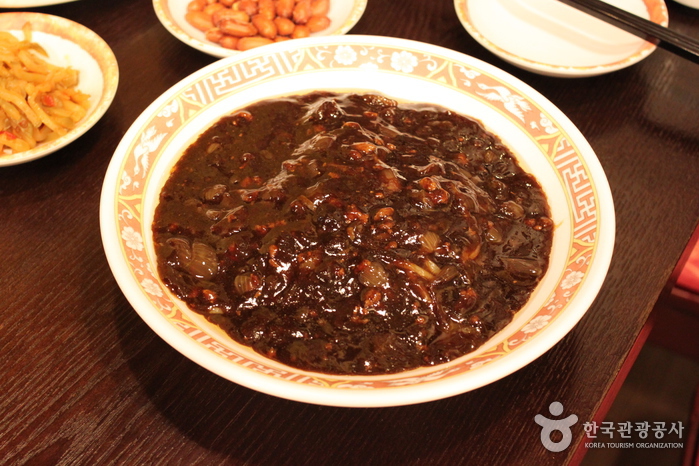
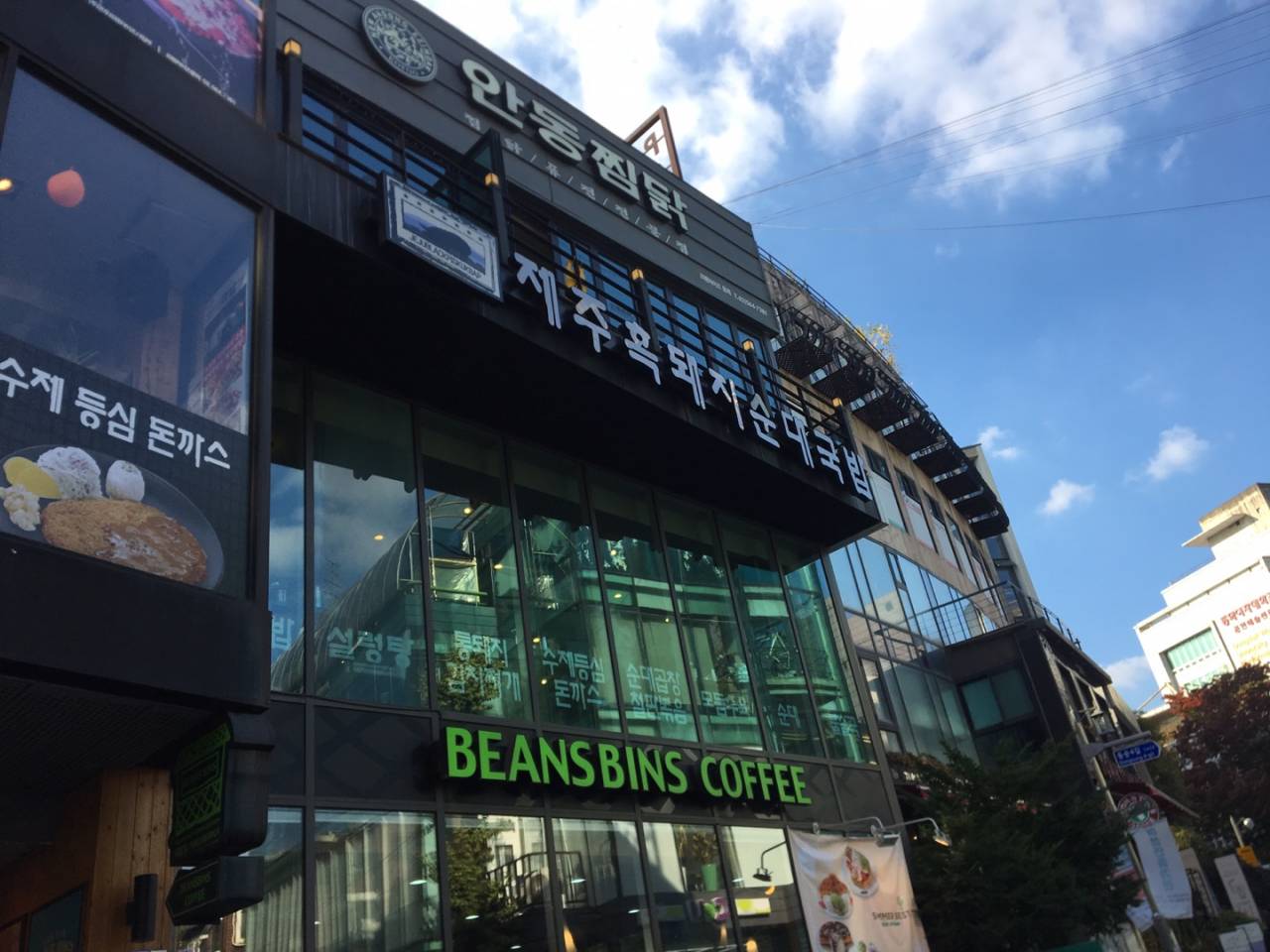
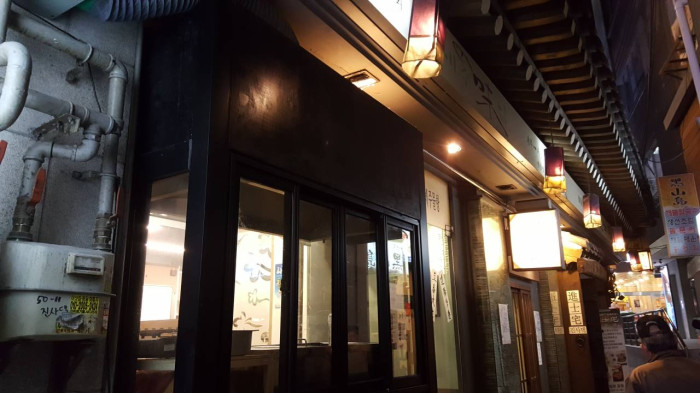
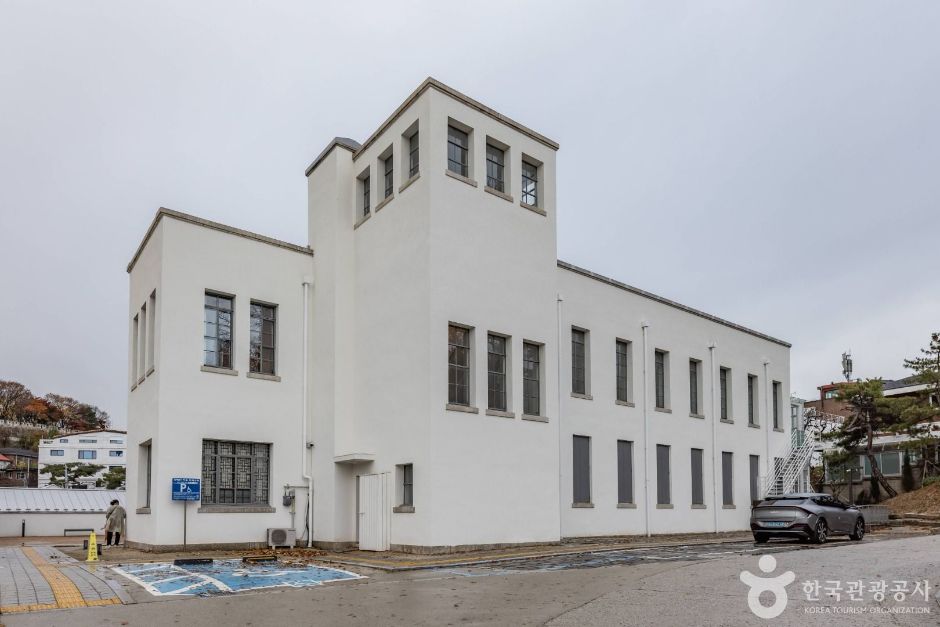

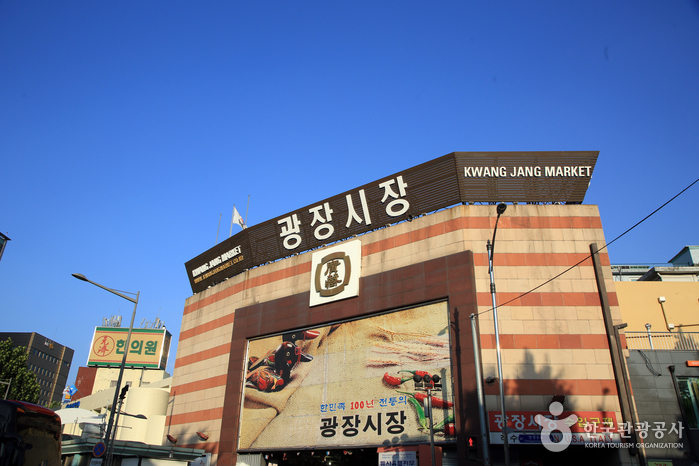
 English
English
 한국어
한국어 日本語
日本語 中文(简体)
中文(简体) Deutsch
Deutsch Français
Français Español
Español Русский
Русский